Quezon and Osmeña behind the banknotes
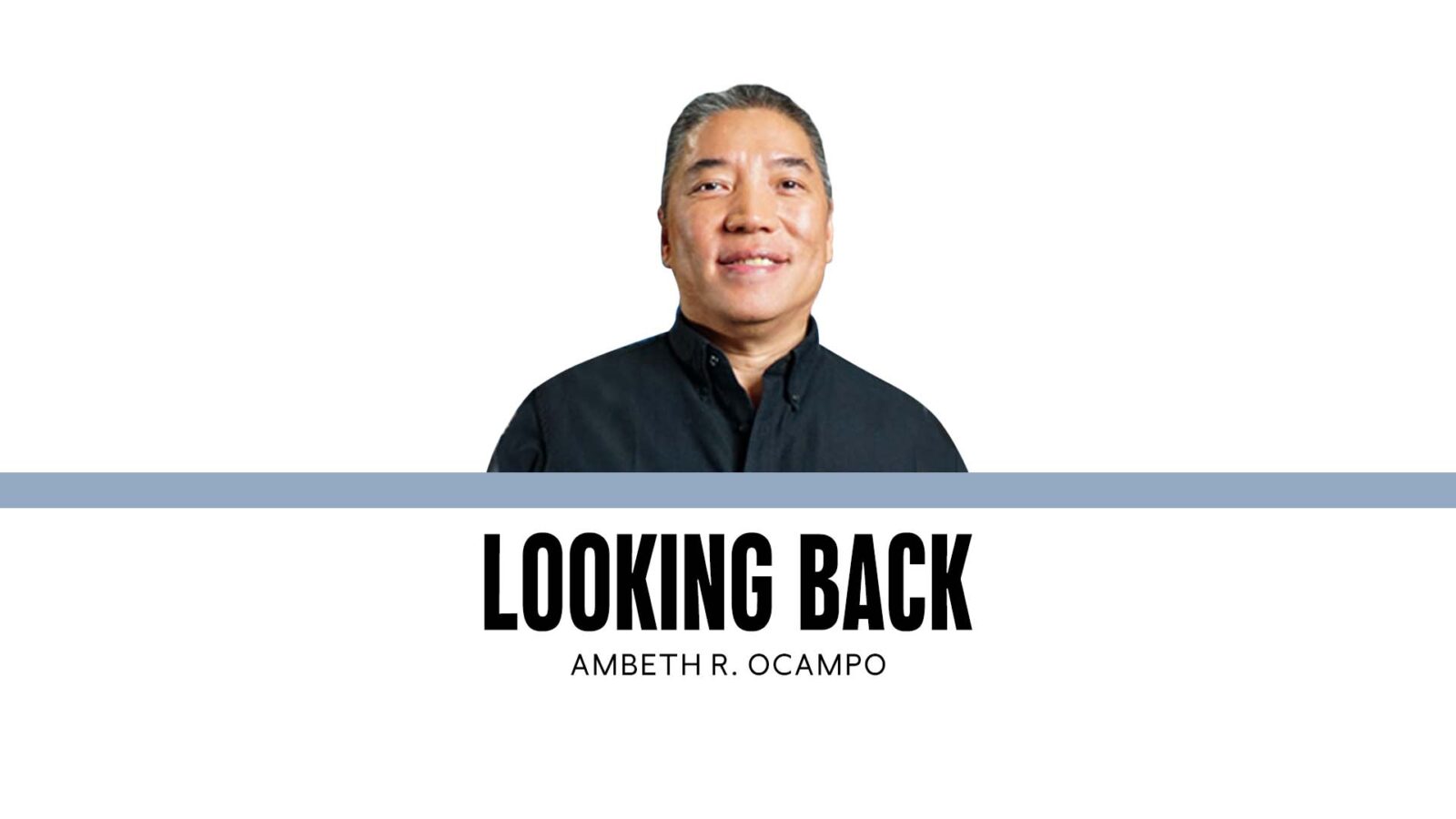
I have been teaching Rizal and Philippine history at the college and sometimes graduate level for close to 40 years. My area of specialization is the late 19th century—Rizal, the Philippine Revolution, and the Philippine-American War—and my courses focus on the Spanish colonial period from 1565 to 1898. I try to tease out of the primary sources what the Philippines and the Filipinos were like before the Spanish conquest by looking into the period of contact from the late 16th to the 17th centuries to see how the colonial enterprise changed political and cultural systems, giving rise to an archipelago with many islands into one geographic unit known as Las Islas Filipinas or simply Filipinas.
There was a time when I toyed with the idea of teaching a course on the 20th century to the present. I believed that having students in two consecutive classes would help me get to know them better, and for students to adapt to just one teaching style instead of figuring out two. I taught the 20th century once and never again. With Philippine history from the prehistoric period to 1898, the class was able to trace the emergence of the nation. No matter how complicated and bloody the people and events may be, the course ended on a high note—the birth of the nation on June 12, 1898. When I looked at the 20th century, it seemed downhill all the way, or at least erratic, with both high and low points instead of one steady, ascending line on a graph. I decided to leave the falling action to the teacher of the second Philippine History course.
It’s a pity that I dipped into the rich resources on Philippine History and Prehistory at the University of Michigan in the twilight of my career, because there is so much to be had and explored for 10, maybe 20, lifetimes of primary source research. While the early 20th century was not my area of specialization, I could not help but feel drawn to the papers of various actors on the Philippine stage. From Carl E. Guthe, who left thousands of archaeological artifacts with field notes that would lead to a prehistory of the Philippines, to those who served in Manila—like George Malcolm, the architect of our legal system; Dean C. Worcester, a contentious figure in colonial administration; and Frank Murphy, who served as governor-general from 1933 to 1935, and, upon the establishment of the Philippine Commonwealth, stayed on as United States high commissioner to the Philippines from 1935 to 1936. There are Philippine voices in the archive, too, as the Bentley Historical Library has largely untapped material on Luis Taruc and Salvador Araneta.
August being History Month, National Language Month, and a month that commemorates late president Manuel Luis Quezon’s birthday and his role as “Ama ng Wikang Pambansa” (Father of the National Language), I recall references to Quezon in the papers of Francis Ralston Halston Hayden (1899-1945), a University of Michigan professor of political science whose first residence in Manila was as exchange professor at the University of the Philippines in 1922. He returned in 1926 as part of the Col. Carmi Thompson Mission to the islands, and again from 1933 to 1935 as vice governor-general of the Philippines. He knew the major political actors at the time and kept note cards on conversations with Quezon (1922, 1924, and 1944), late president Sergio Osmeña (1922), and from 1930, a mixed bag that included late president Manuel Roxas, Gregorio Aglipay, Trinidad H. Pardo de Tavera, Jorge Bocobo, and others that he interviewed or engaged in conversation for his political science work.
Some of the notes are typewritten on note cards, others in his small but legible hand. His conversations with Quezon from 1922 give us a sense of shifting political winds. Osmeña served the longest in the lower house, over 14 years as speaker (1907-1922), first in the Philippine Assembly and later in the House of Representatives. He was succeeded by Roxas, who served from 1922 to 1934. Osmeña and the Nacionalista Party dominated the House until 1922, when their leadership of 21 “Nacionalistas” was diluted, or should we say challenged, by 26 “Democratas” and 32 “Colectivistas” who supported Quezon. In a conversation with Hayden on Sept. 9, 1922, Quezon said that having more than two parties was not good for the legislature because “no one can get anything done, and no one will be responsible.” When asked what would happen if the rival Nacionalistas and Democratas unite to control the legislature, Quezon punched the armrest of his chair and declared, “We would give them a fight. We would give them a fight all the time … there would be a party in power faced by a well-organized and fighting opposition that the country needs.”
Quezon declared that “there is no man in the House … [Osmeña] had ruled so absolutely that no one is available to fill his place … he had been in control so long that he was drunk with power.” Osmeña was described as so jealous of power and subordinates that he did not groom a successor. Hayden’s notes made me see the dynamic hidden in the smiling faces on the P20 and P50 banknotes that comprised my “baon” growing up. If these were in textbook history, Filipinos would understand and better navigate present-day politics.
——————
Comments are welcome at aocampo@ateneo.edu
Ambeth is a Public Historian whose research covers 19th century Philippines: its art, culture, and the people who figure in the birth of the nation. Professor and former Chair, Department of History, Ateneo de Manila University, he writes a widely-read editorial page column for the Philippine Daily Inquirer, and has published over 30 books—the most recent being: Martial Law: Looking Back 15 (Anvil, 2021) and Yaman: History and Heritage in Philippine Money (Bangko Sentral ng Pilipinas, 2021).






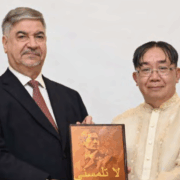
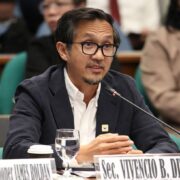
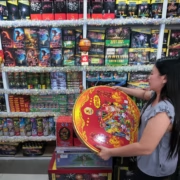

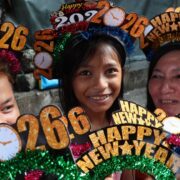
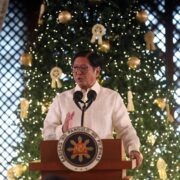



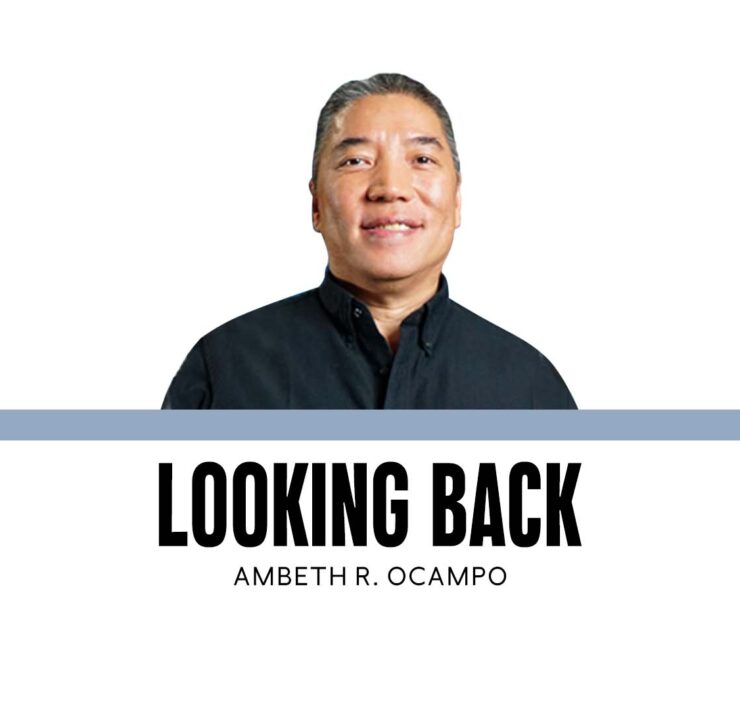


Safeguarding indigenous rights in the age of AI